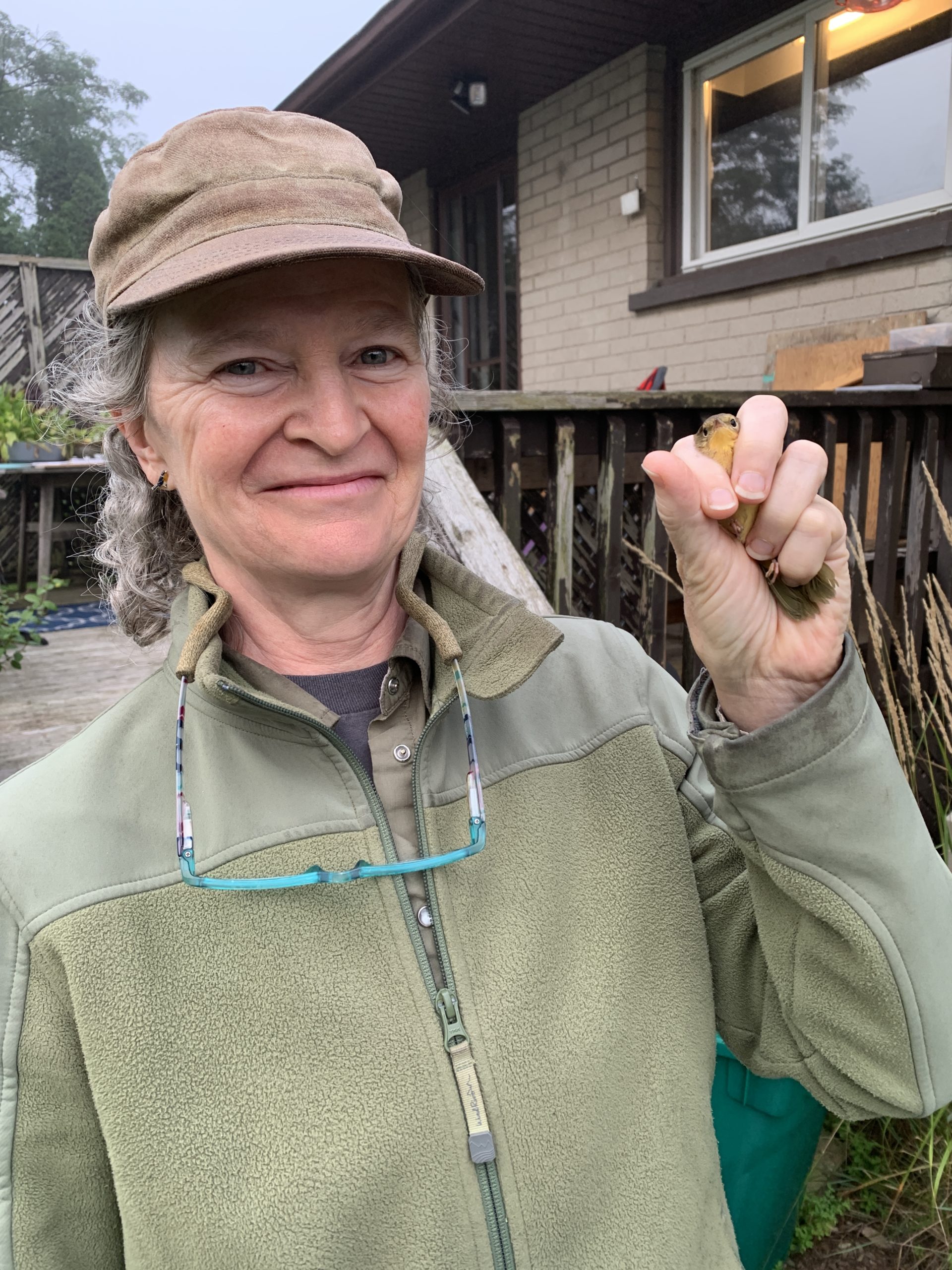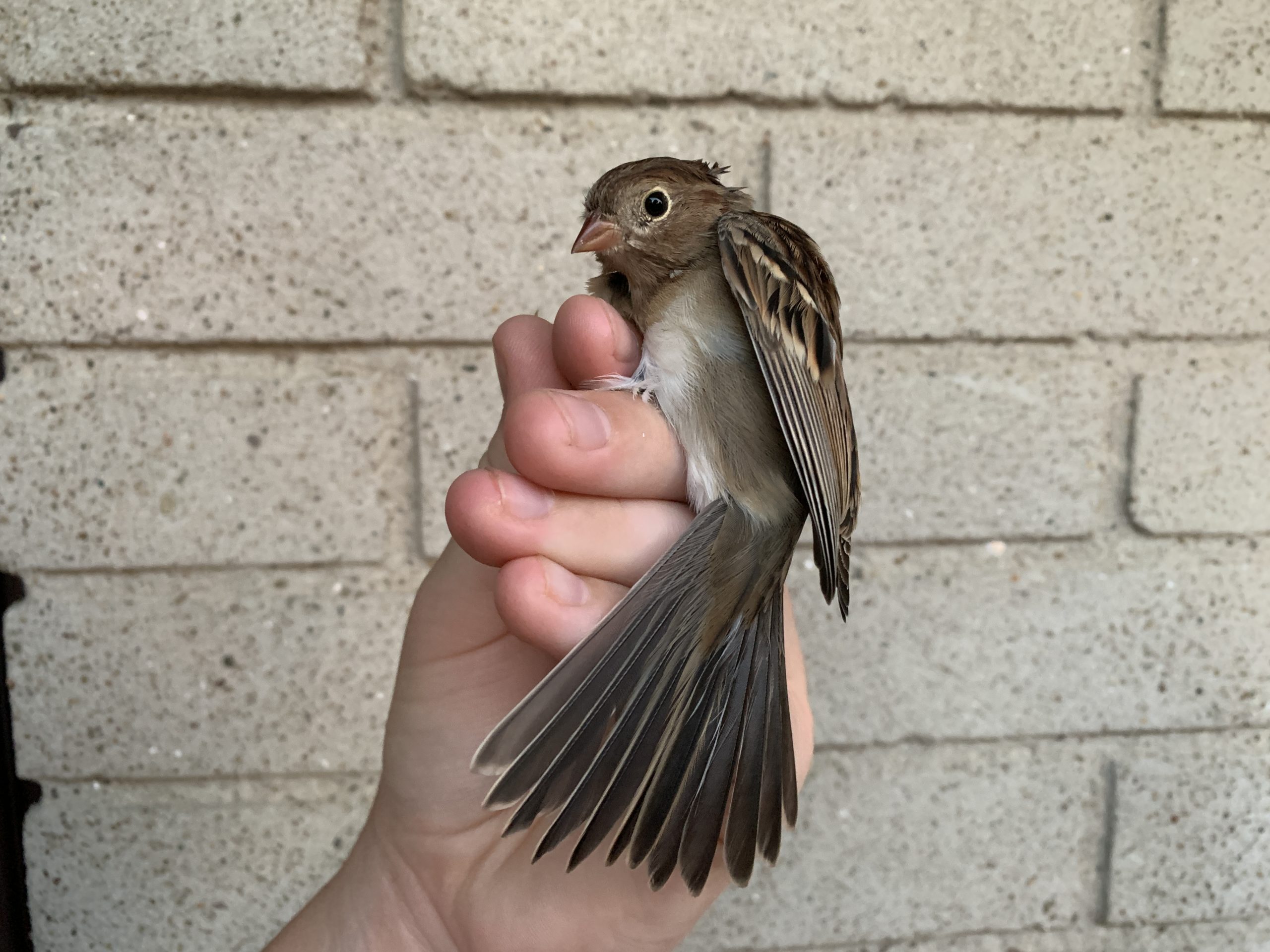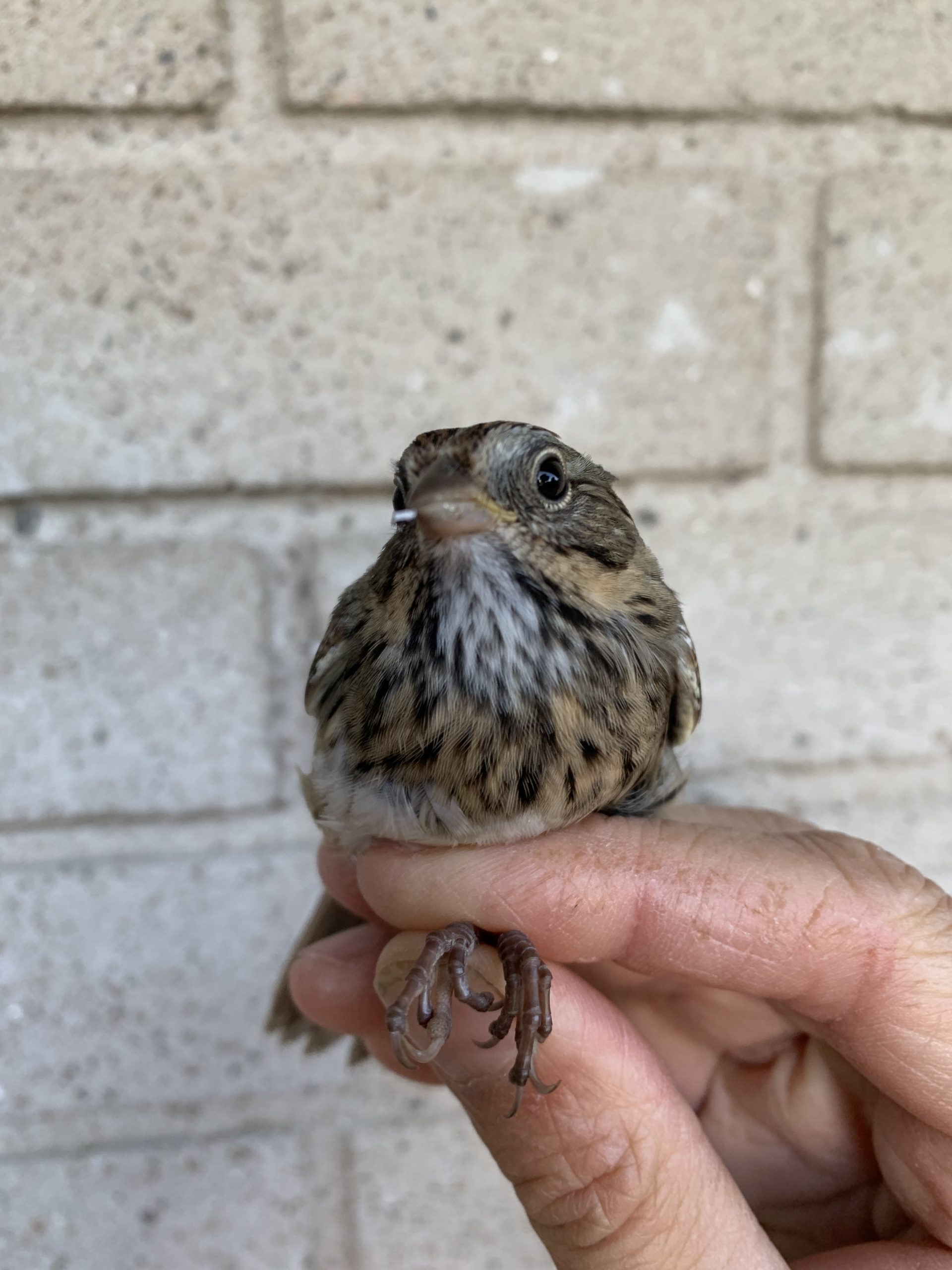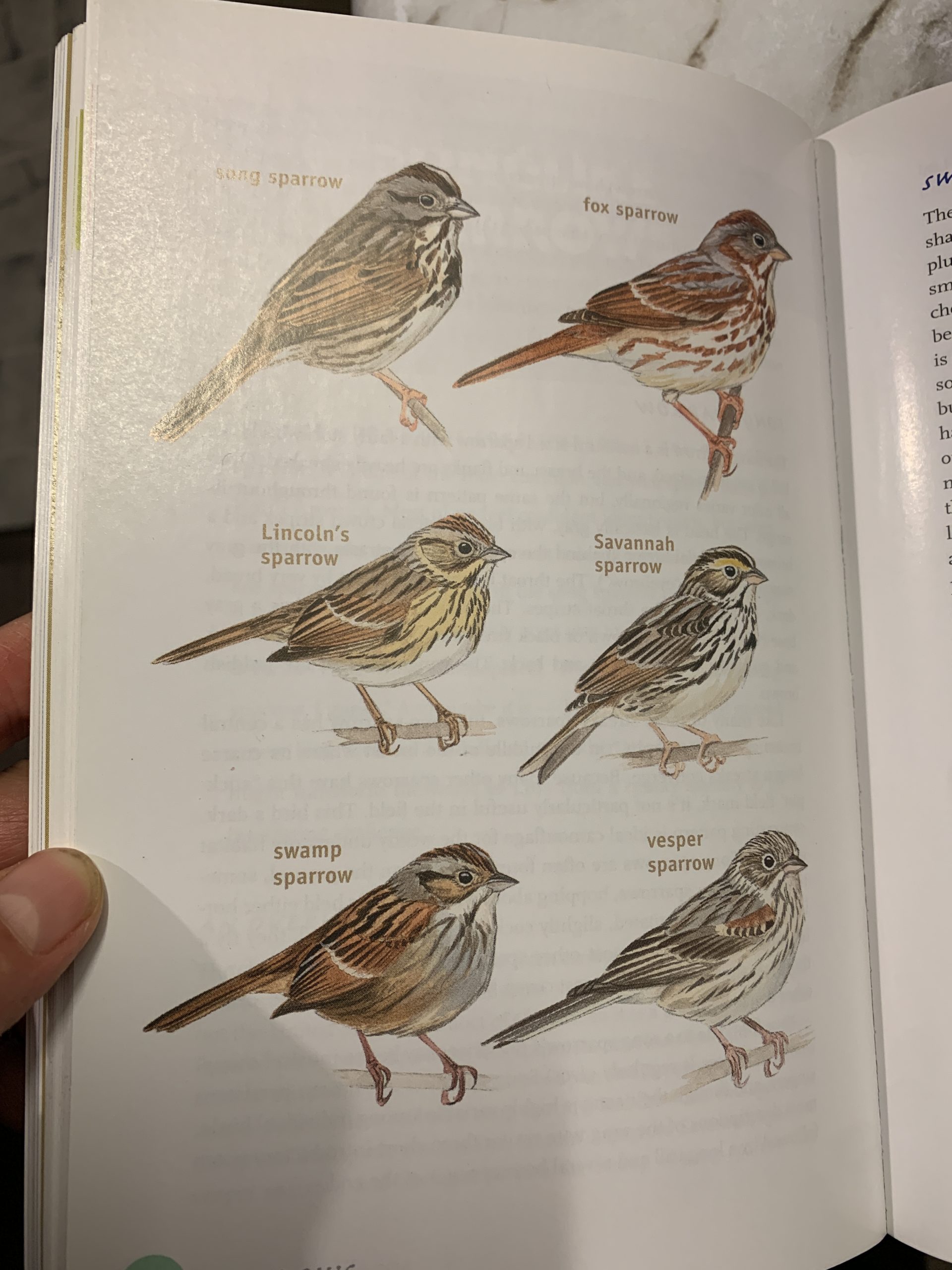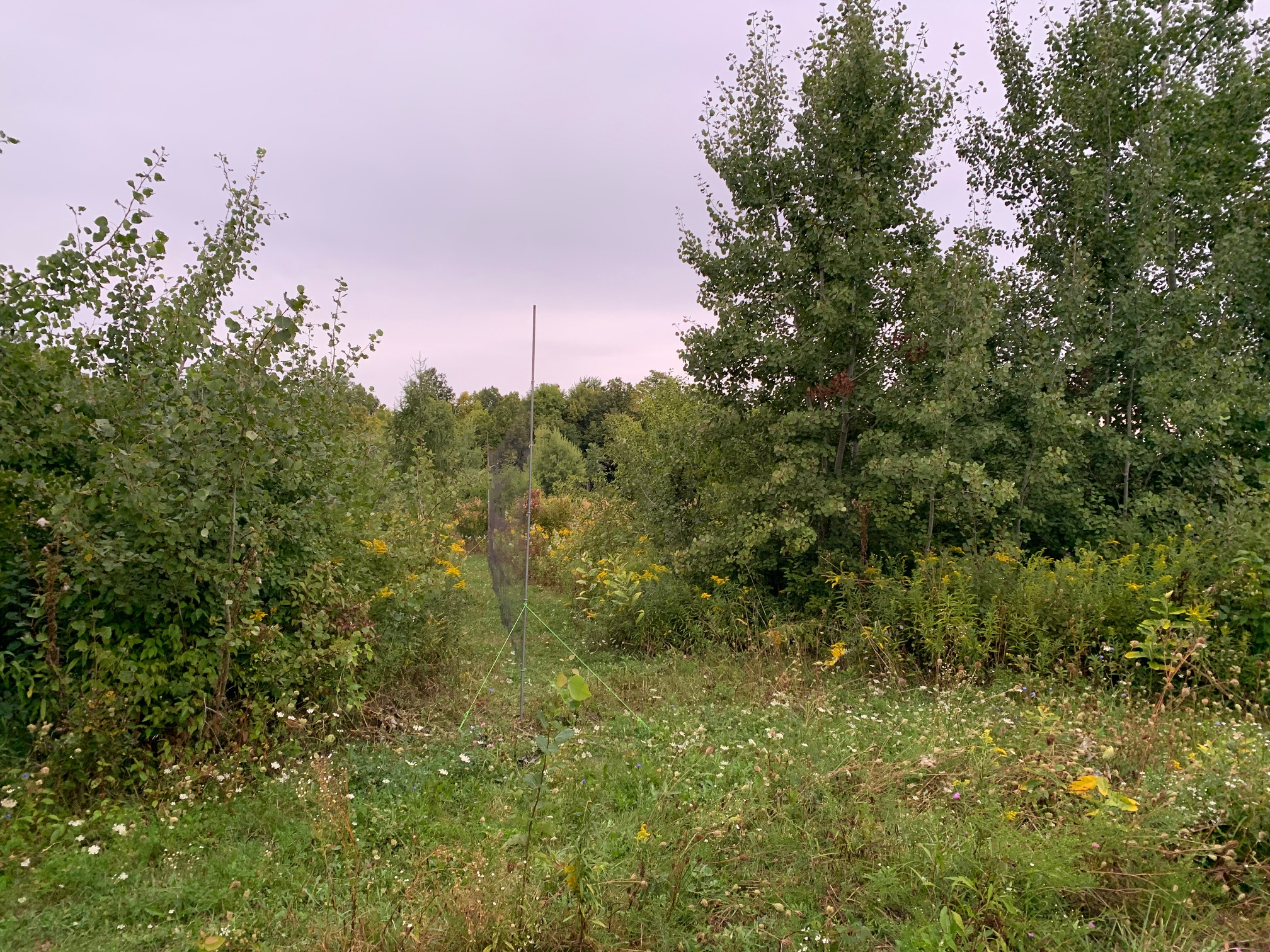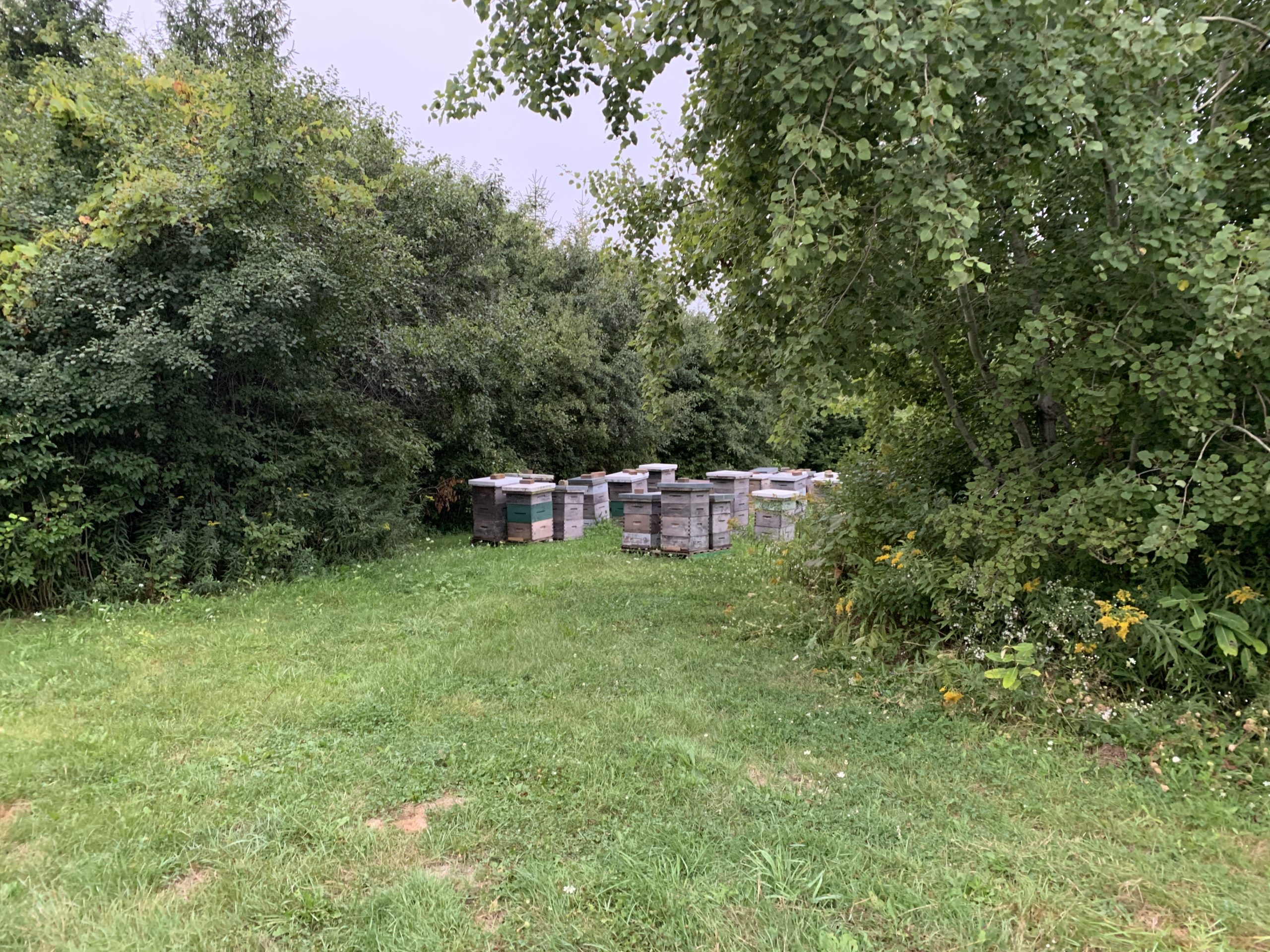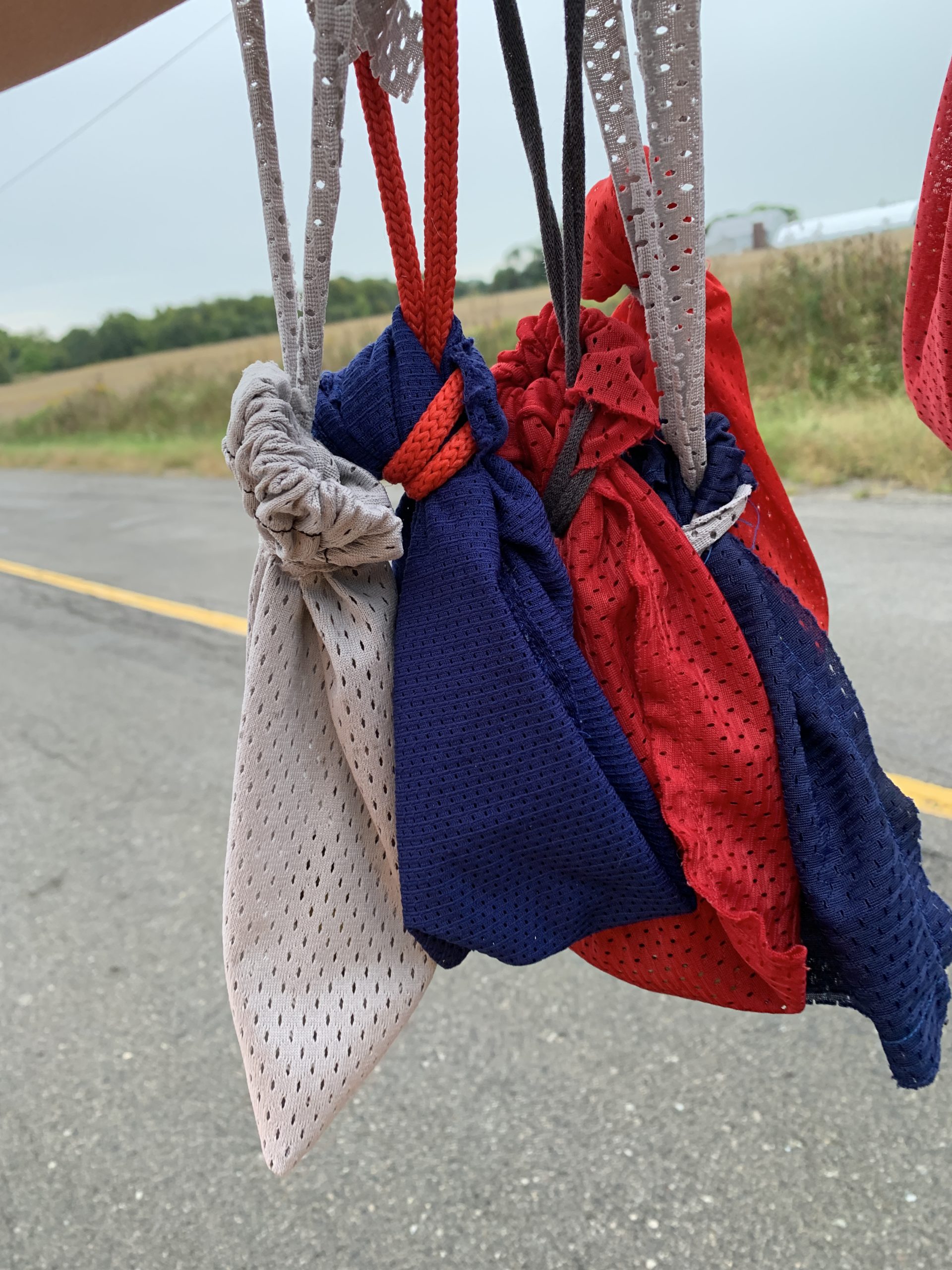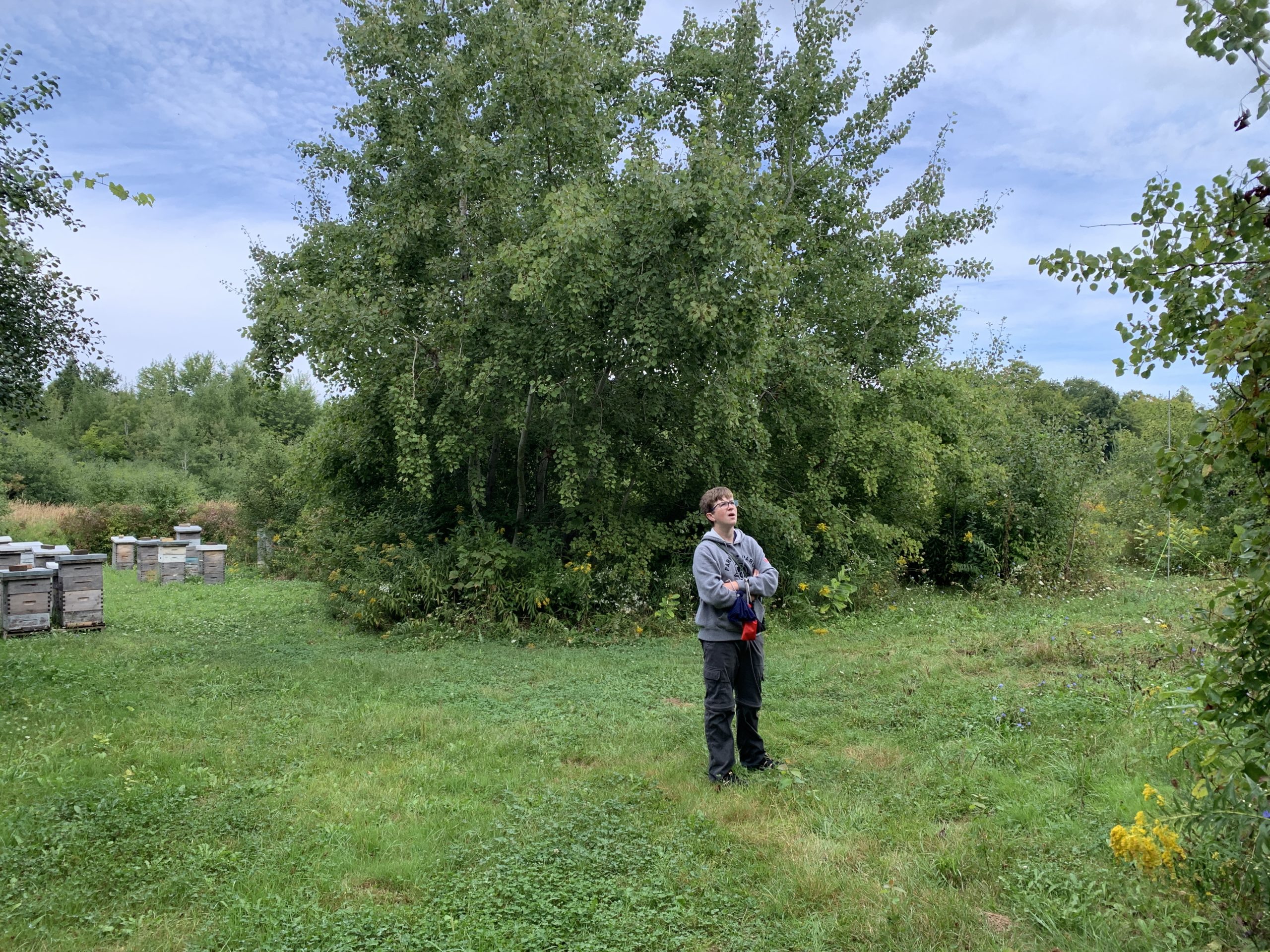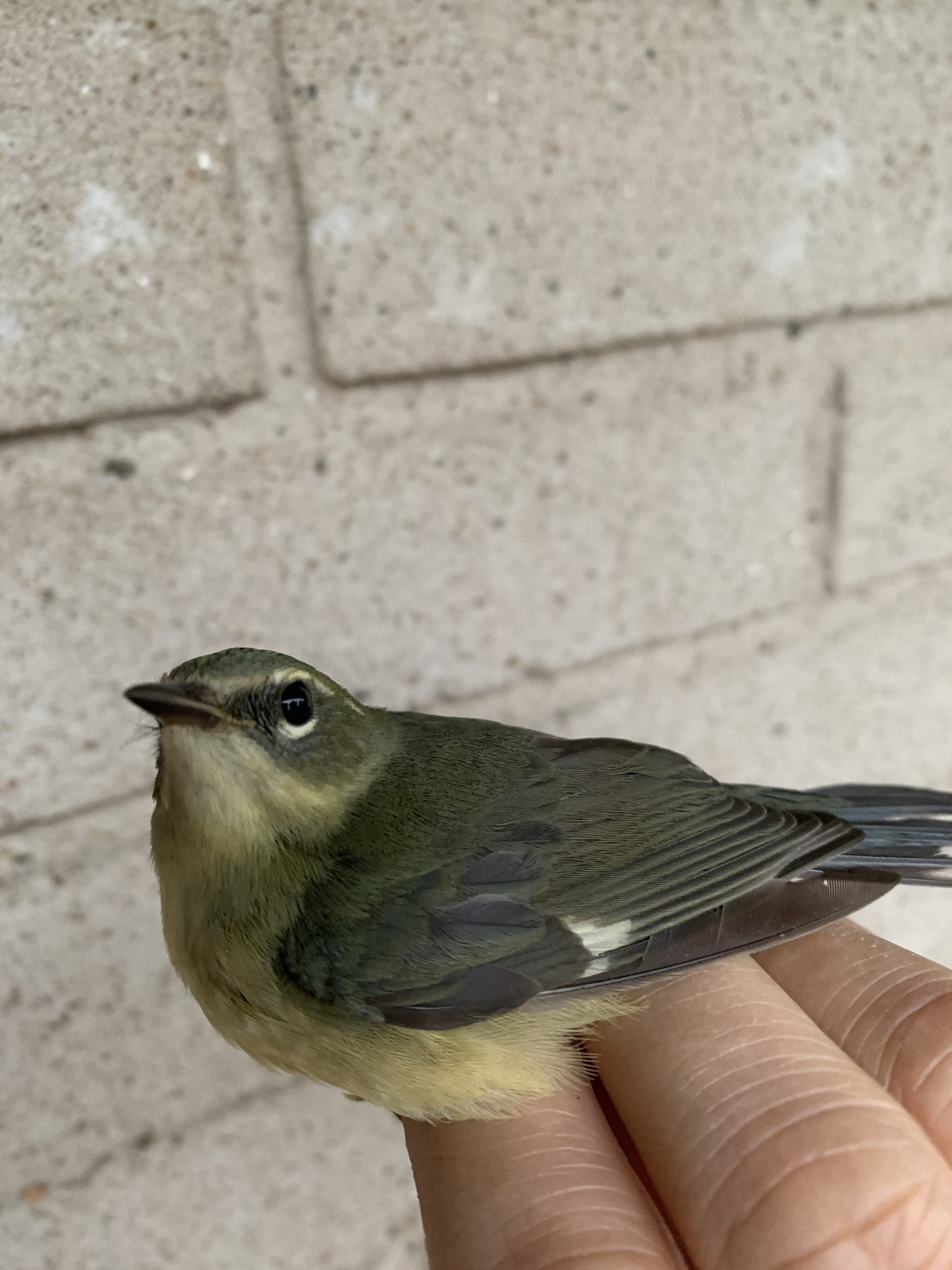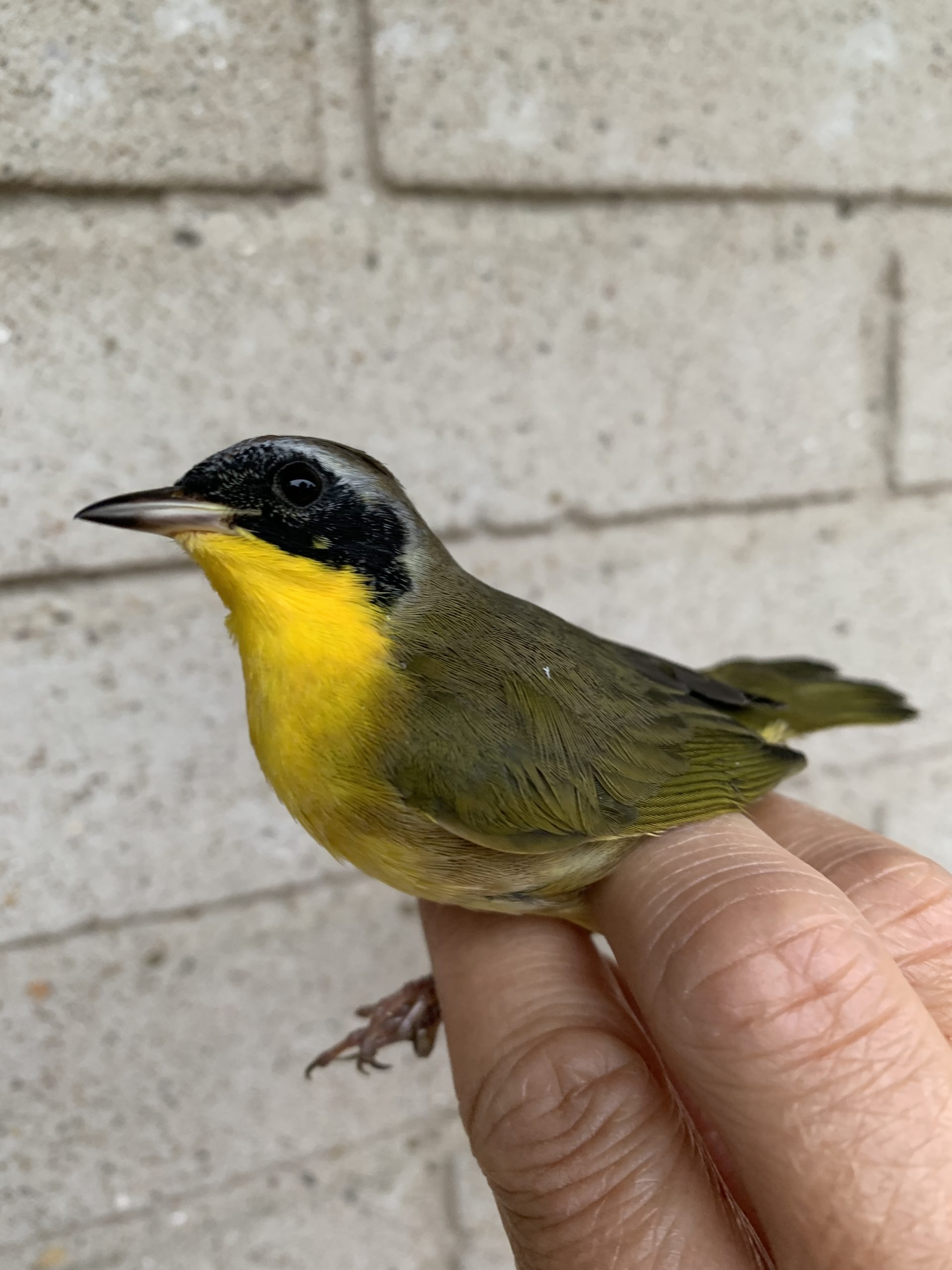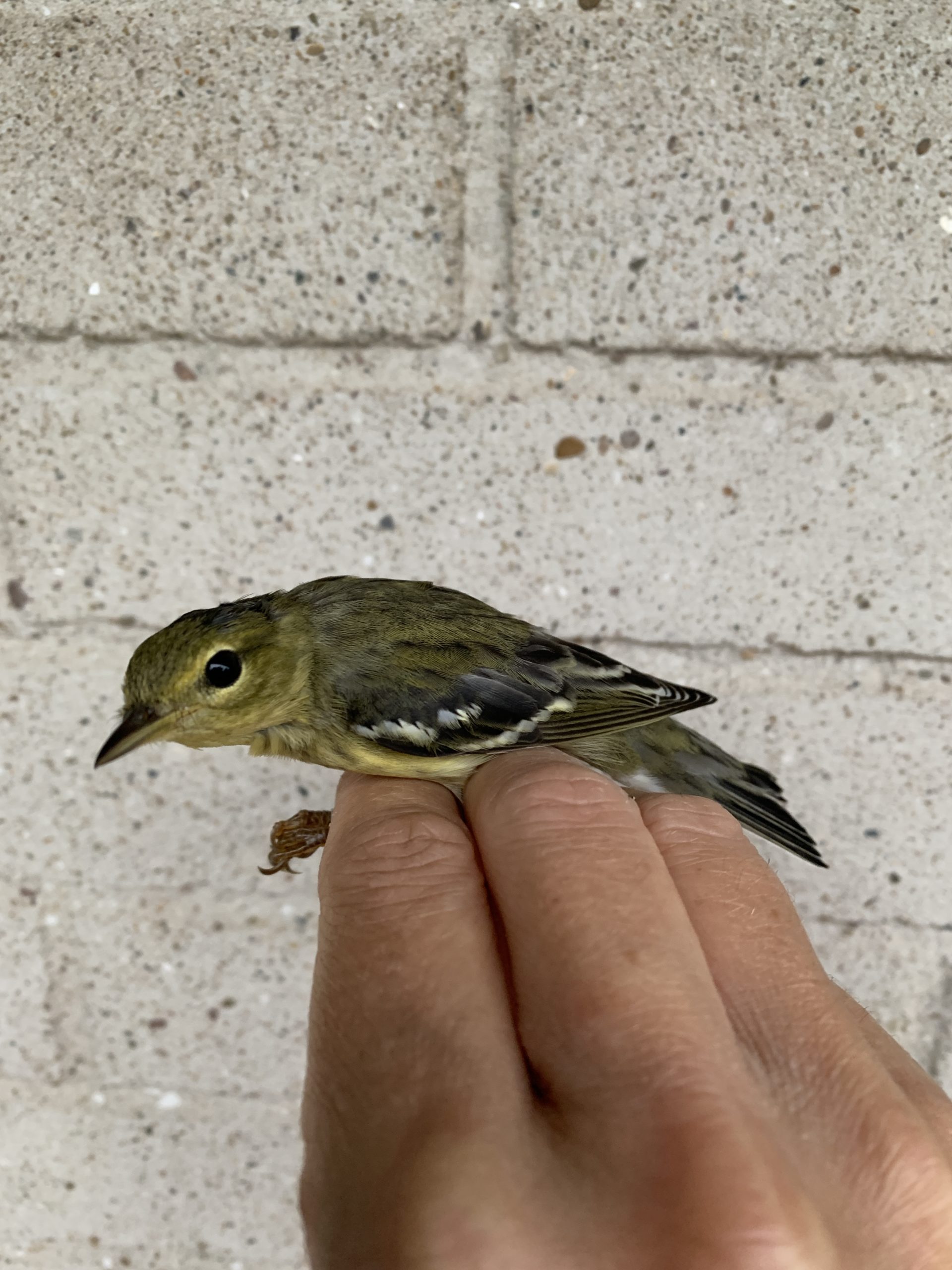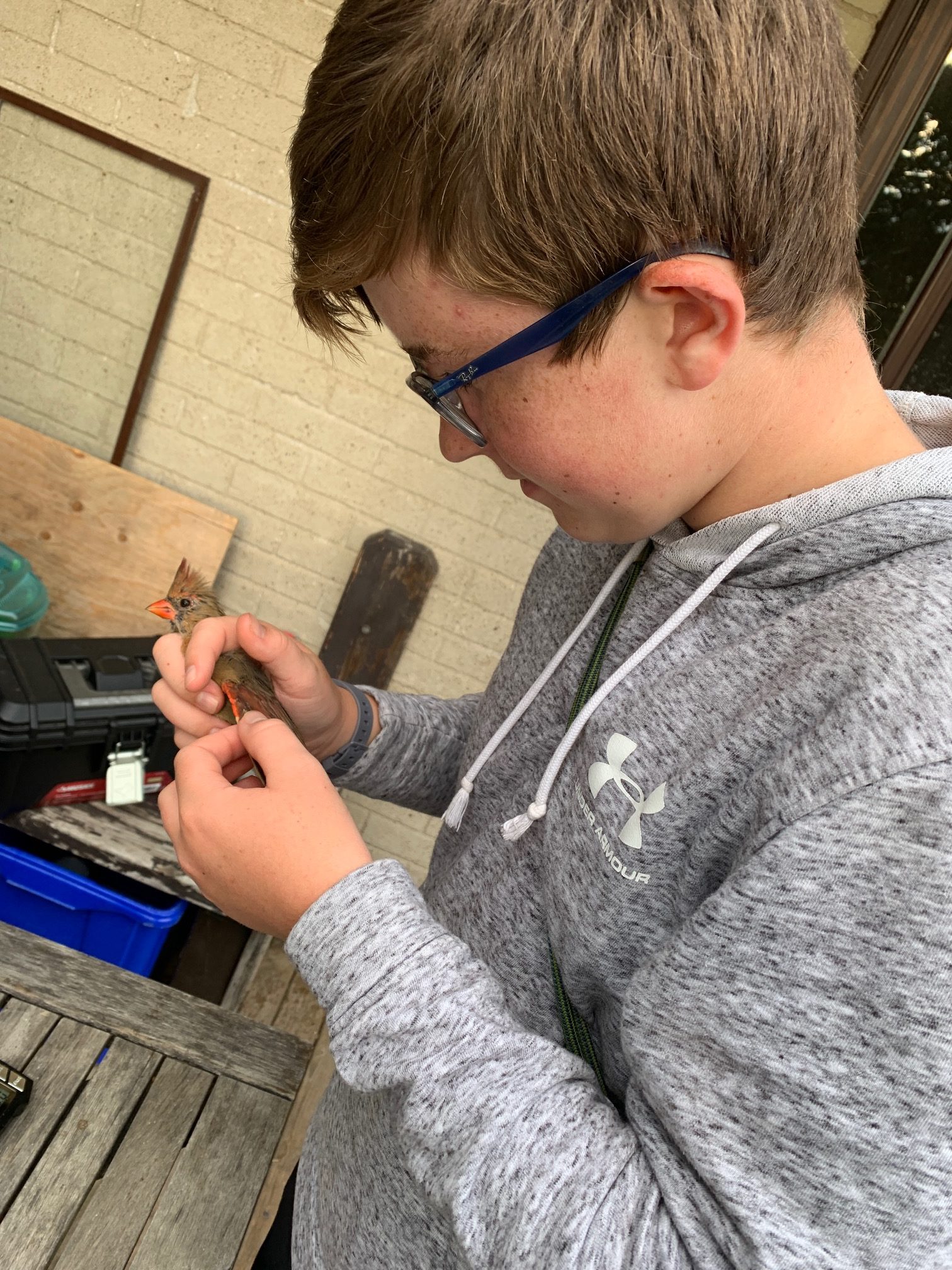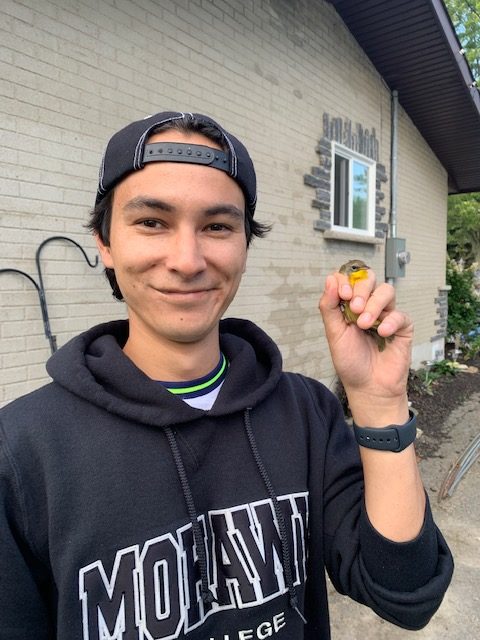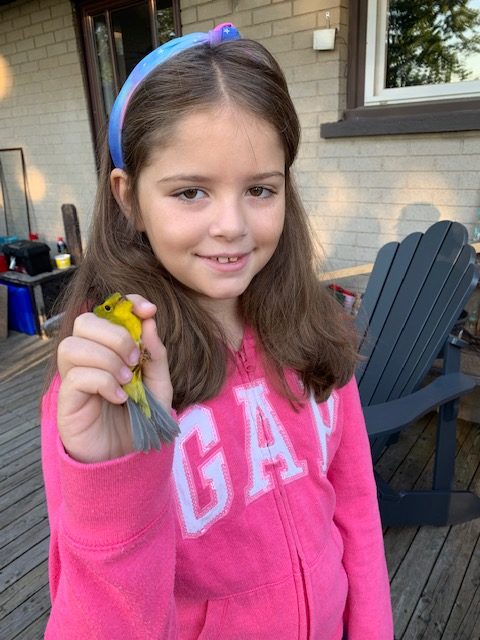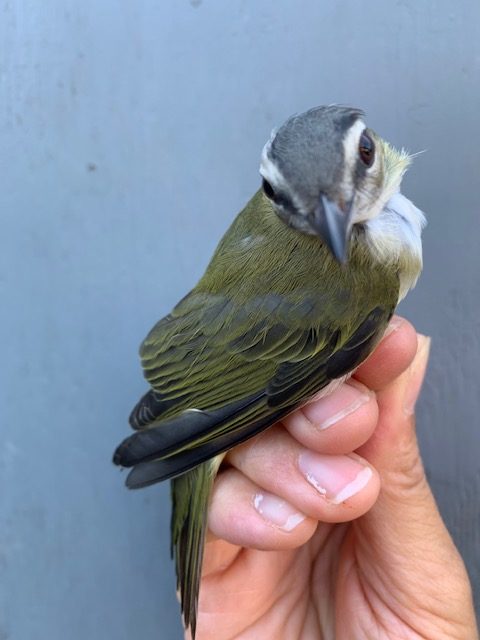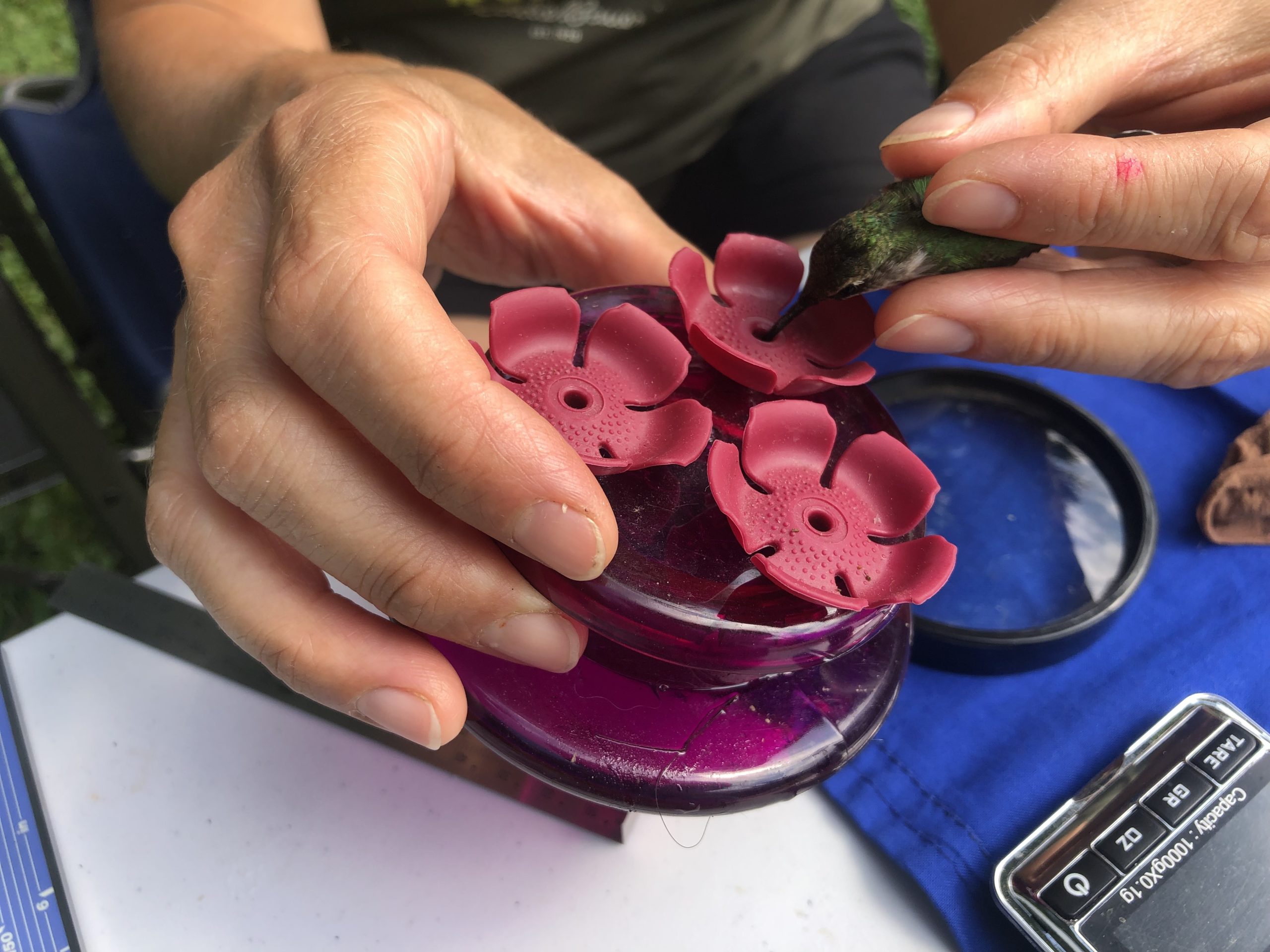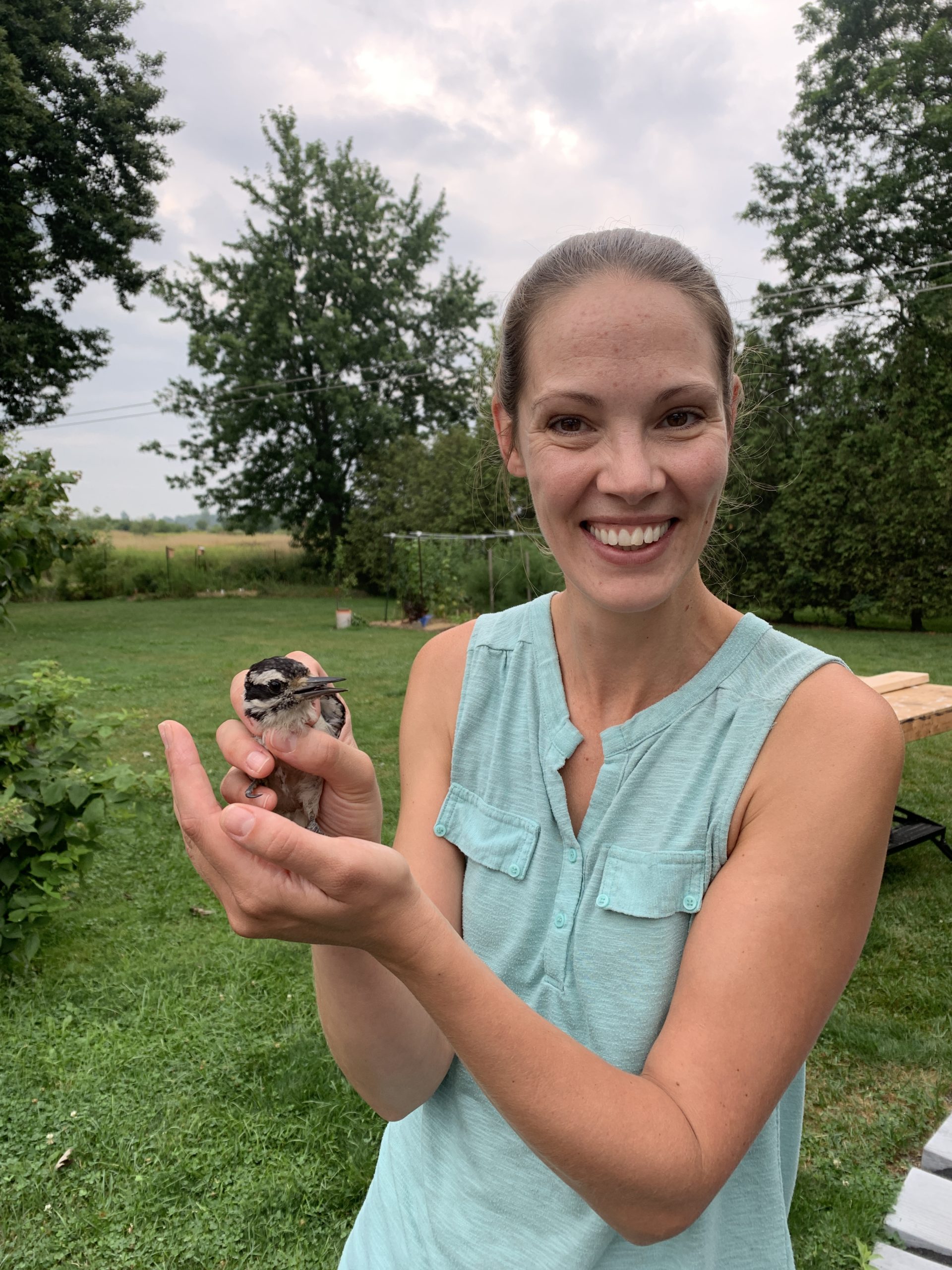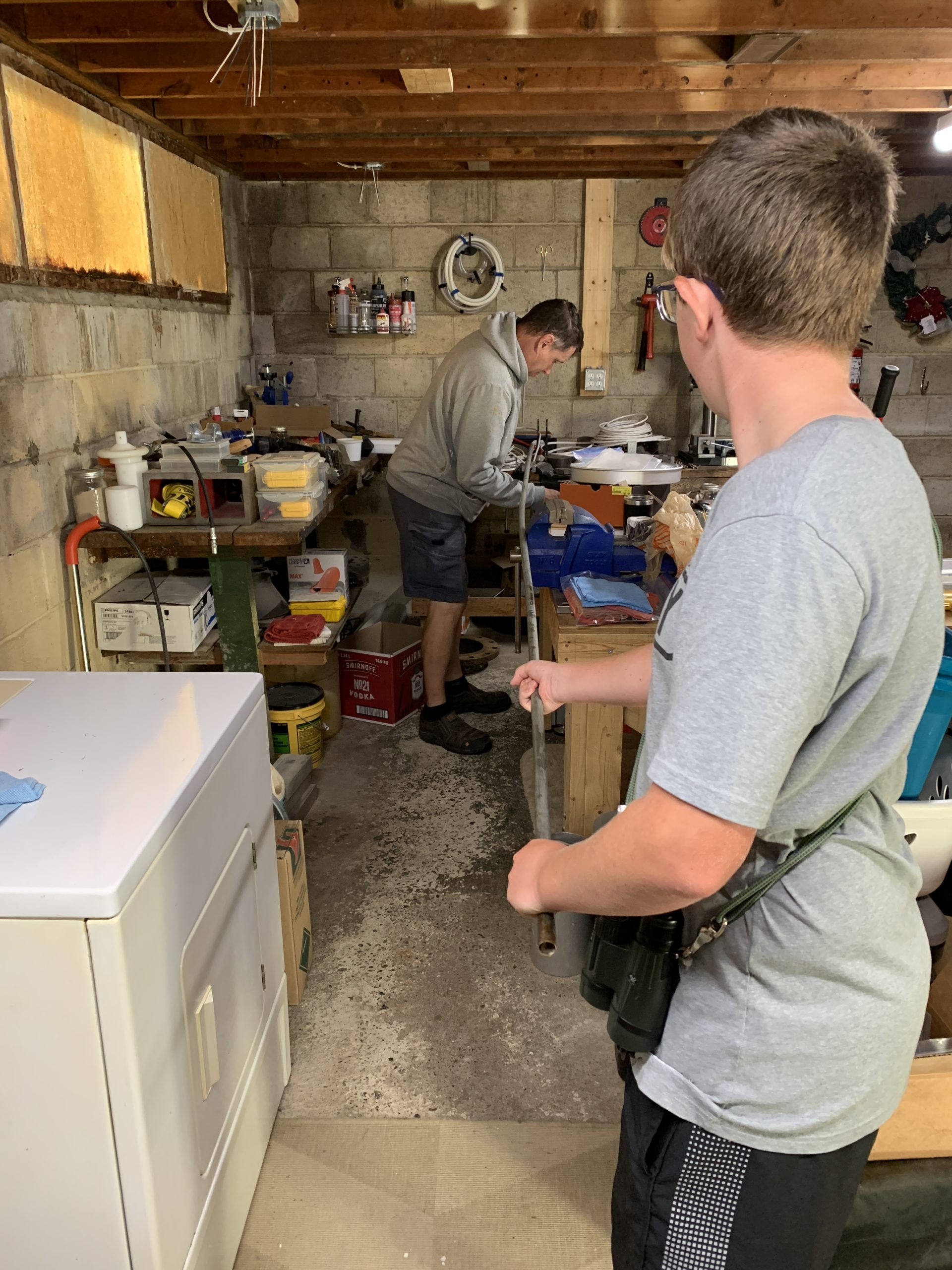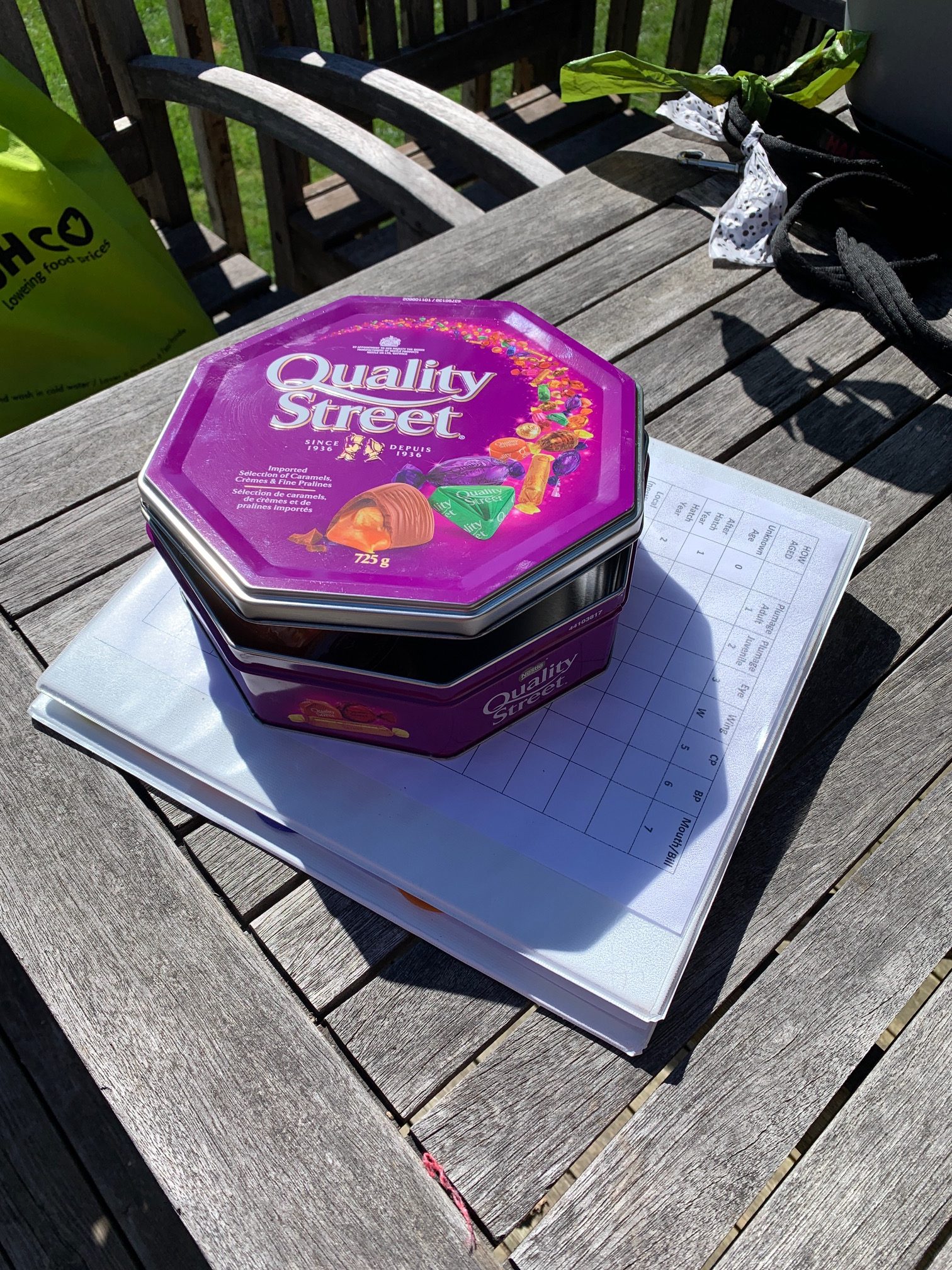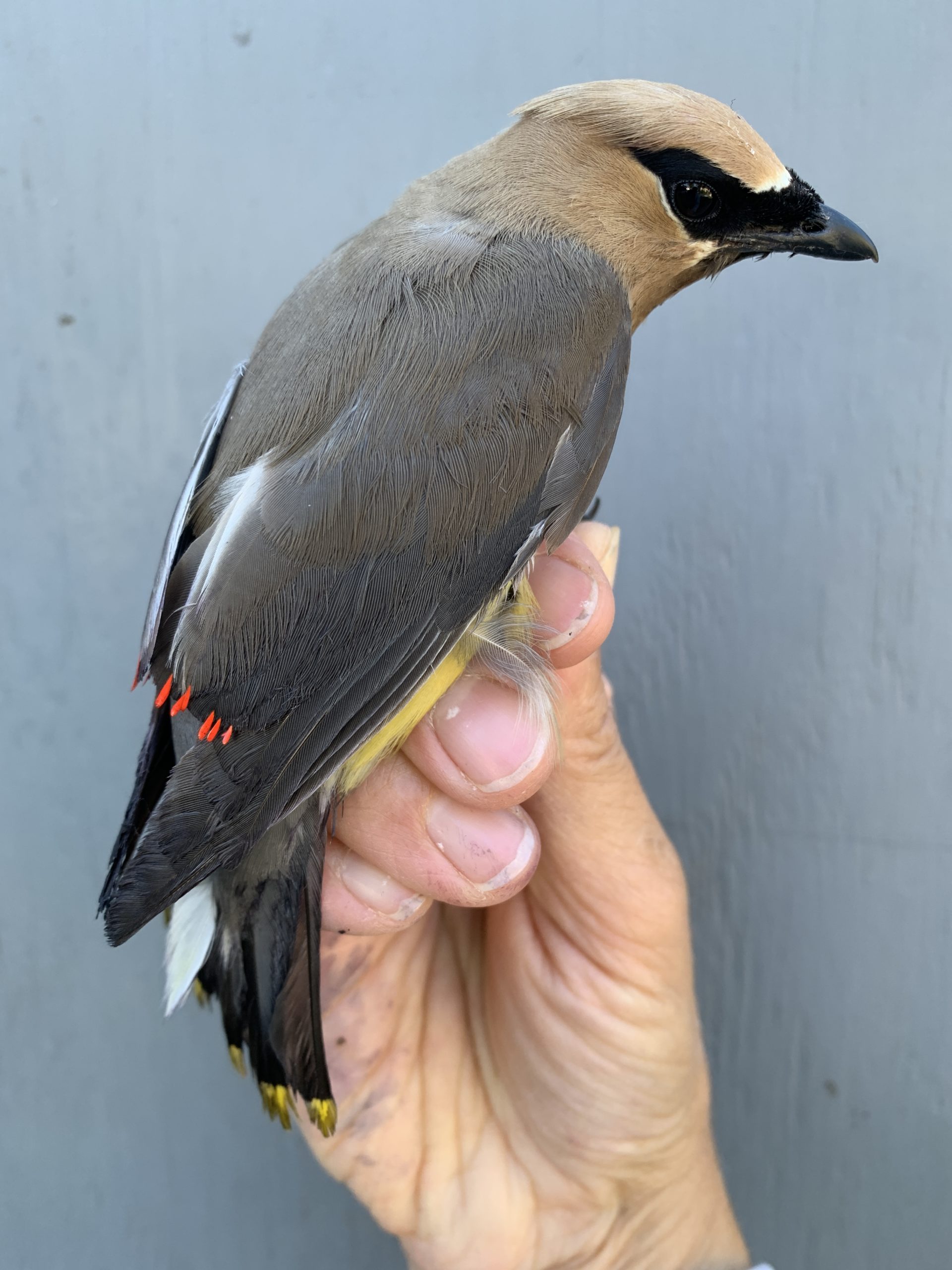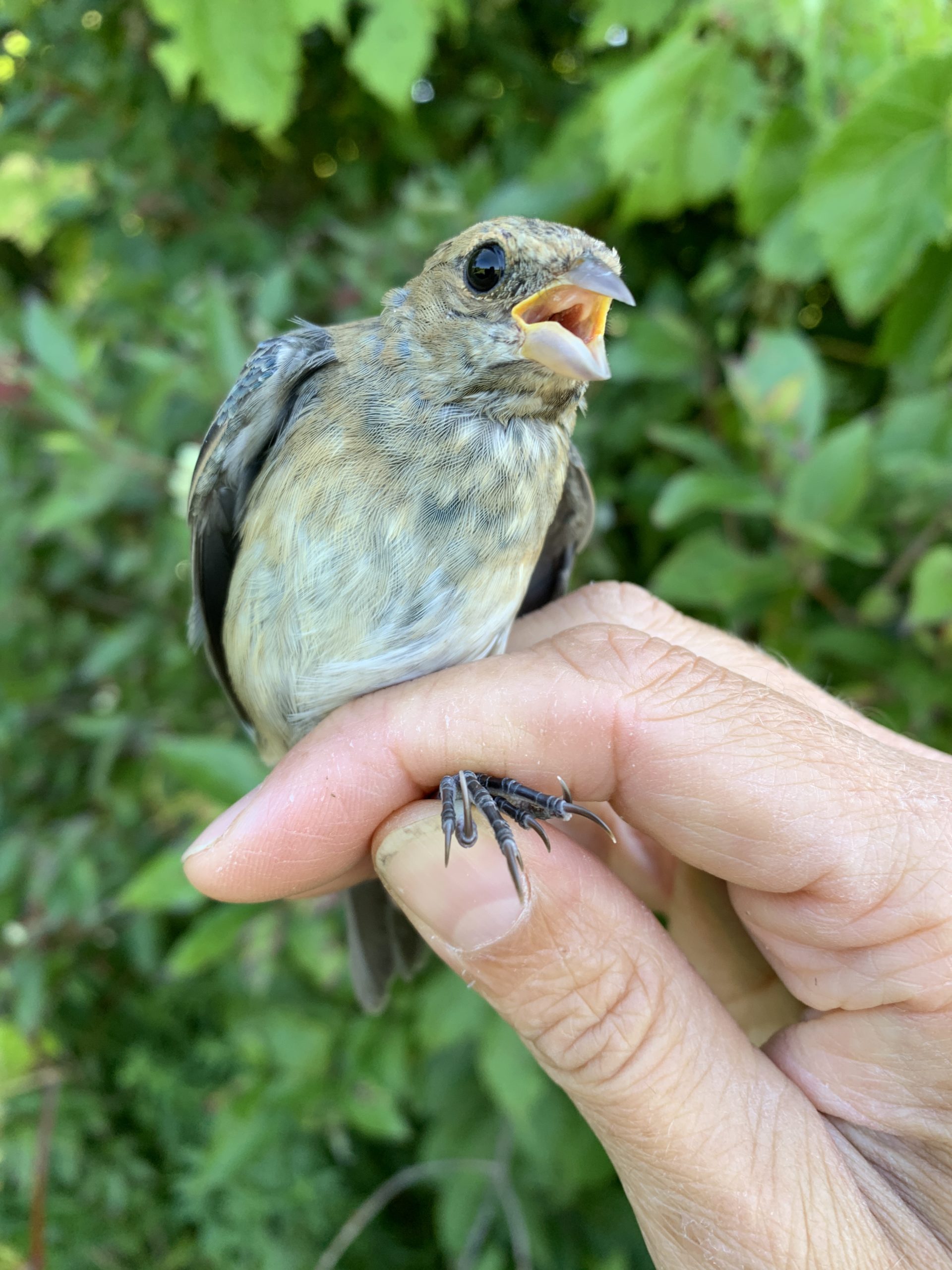September 17-18
It’s always an adventuresome day when Liam comes out to join me. Not only is he a fantastic birder, but he is always looking for more spots to put nets. As you might recall, the last time he visited he convinced me it would be a great idea to set up a net near the 30 some odd beehives and while it has taken a while to produce some more interesting birds, I have no regrets getting a net in there. When he came this time, he had actually decked himself out in long pants and the plan to head into the ever so tempting and bird rich area of forest which also has a carpet of poison ivy. Not only is he an amazing birder and bander, but I’m convinced he is determined to fill the world with bird nets! We carefully tromped through the area, watching carefully for poison ivy before finding what we think will actually be a decent spot to catch some birds without catching poison ivy. There are a few plants of poison ivy I’ll have to dig out and remove, but otherwise I’m excited to see what the area will produce. I think I was only paranoid about every itch for a couple of days before I convinced myself I had come out unscathed. I haven’t heard from Liam, but I’m assuming he too is poison ivy free. I also had a visit from Lyn whom I’ve been working with the last 2 years to document breeding birds in my square for the Breeding Bird Atlas. It’s been great to have someone else as interested in the birds I’m seeing and banding and so nice to have her out to join me for a morning.
Birds Banded:
Black-throated Blue Warbler – 1
Common-yellow Throat – 1
Philadelphia Vireo – 2
Red-eyed Vireo – 1
House Finch – 1
Song Sparrow – 4
Hairy Woodpecker – 1
Gray Catbird – 2
American Robin – 1
Least Flycatcher – 1
American Redstart – 1
Field Sparrow – 1
Black-capped Chickadee – 1
European Starling – 1
White-throated Sparrow – 1
Recaps
Black-capped Chickadees – 3
Northern Cardinal – 1
Common-yellow Throat – 1
Song Sparrow – 1
American Goldfinch – 1
Downy Woodpecker – 1
Total: 28 (20 Banded, 8 Recaps)

Liam walking through the meadow trying to flush sparrows into our net near the bees. No bees were harmed during this walk through, they are on the far left out of the picture.
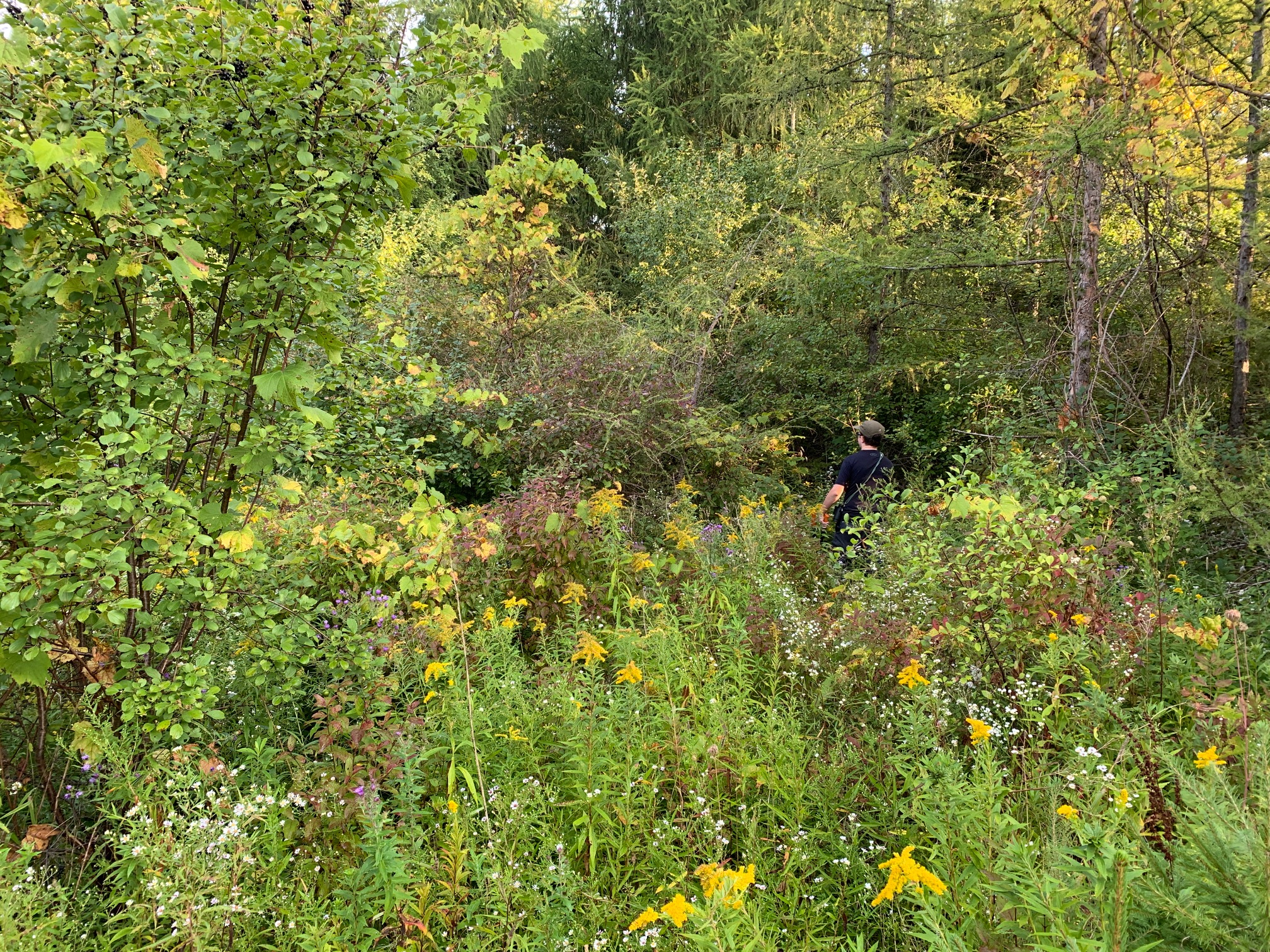
Liam searching for a spot for a net lane that avoids the carpet of poison ivy in one of the most perfect spots for birds.
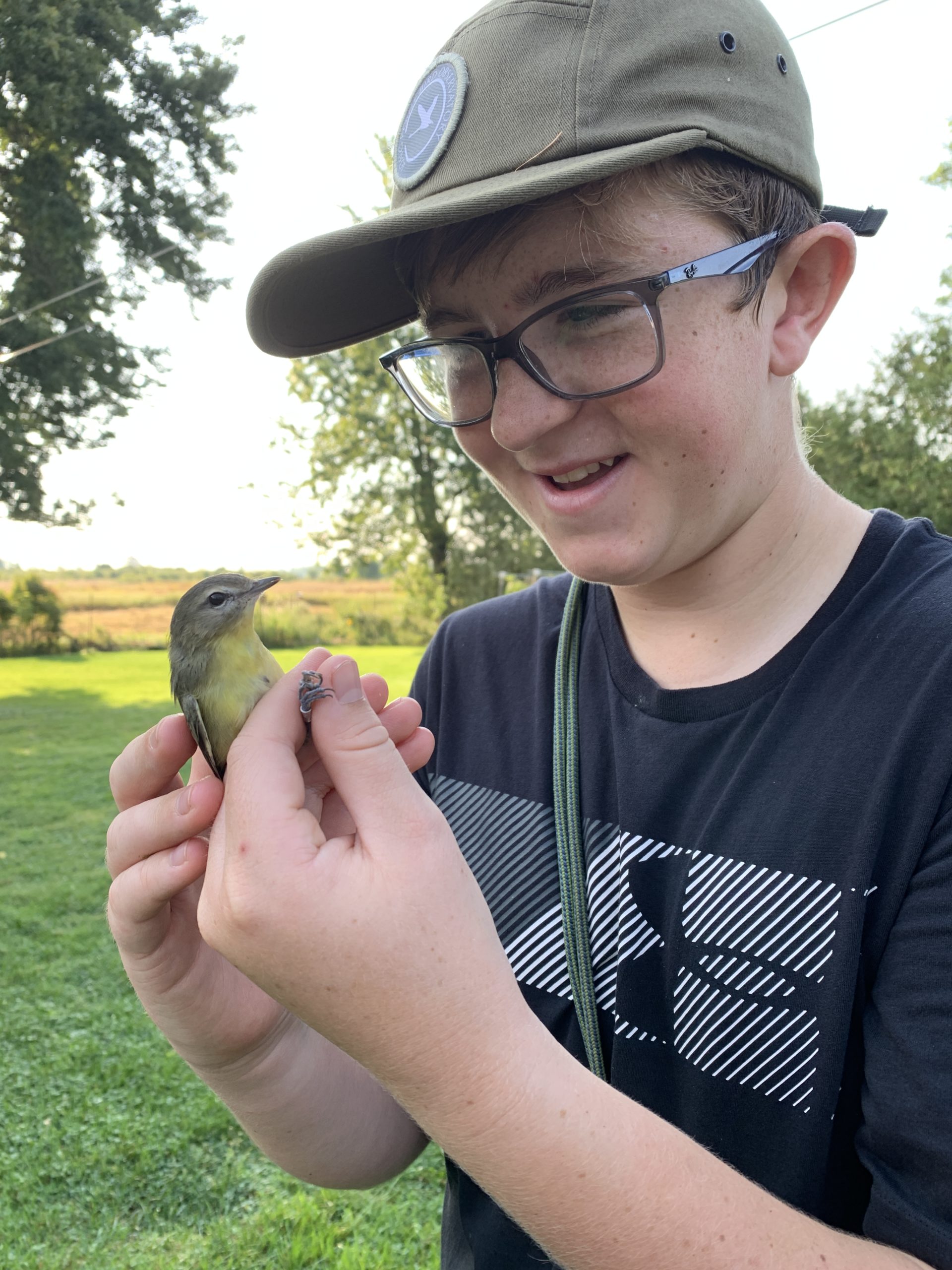
Liam with his elusive Philadelphia Vireo. He was so excited to find it he slid as if stealing second base as he ran around to the other side of the net to extract it. Maybe he should have a go at baseball next season…

